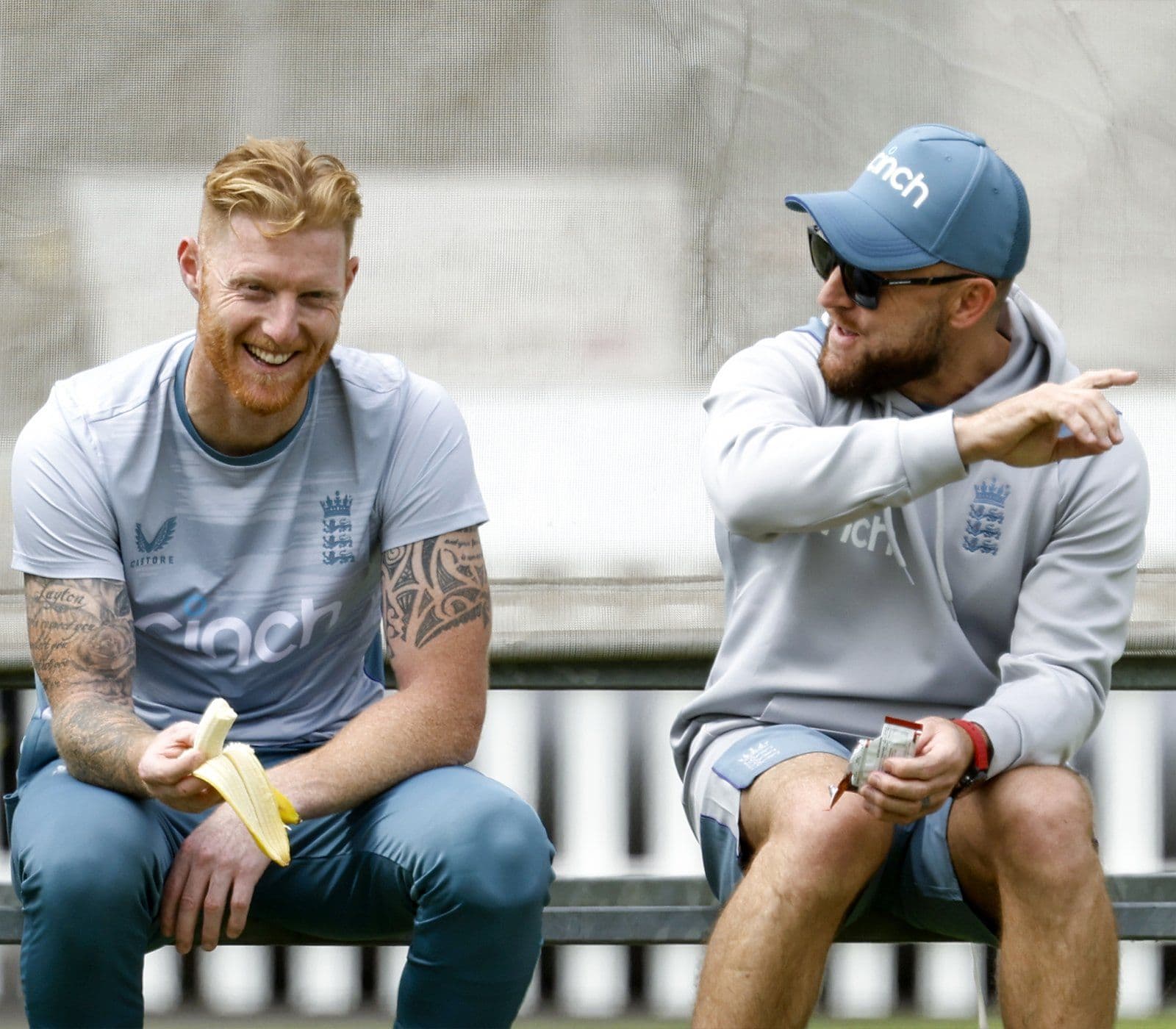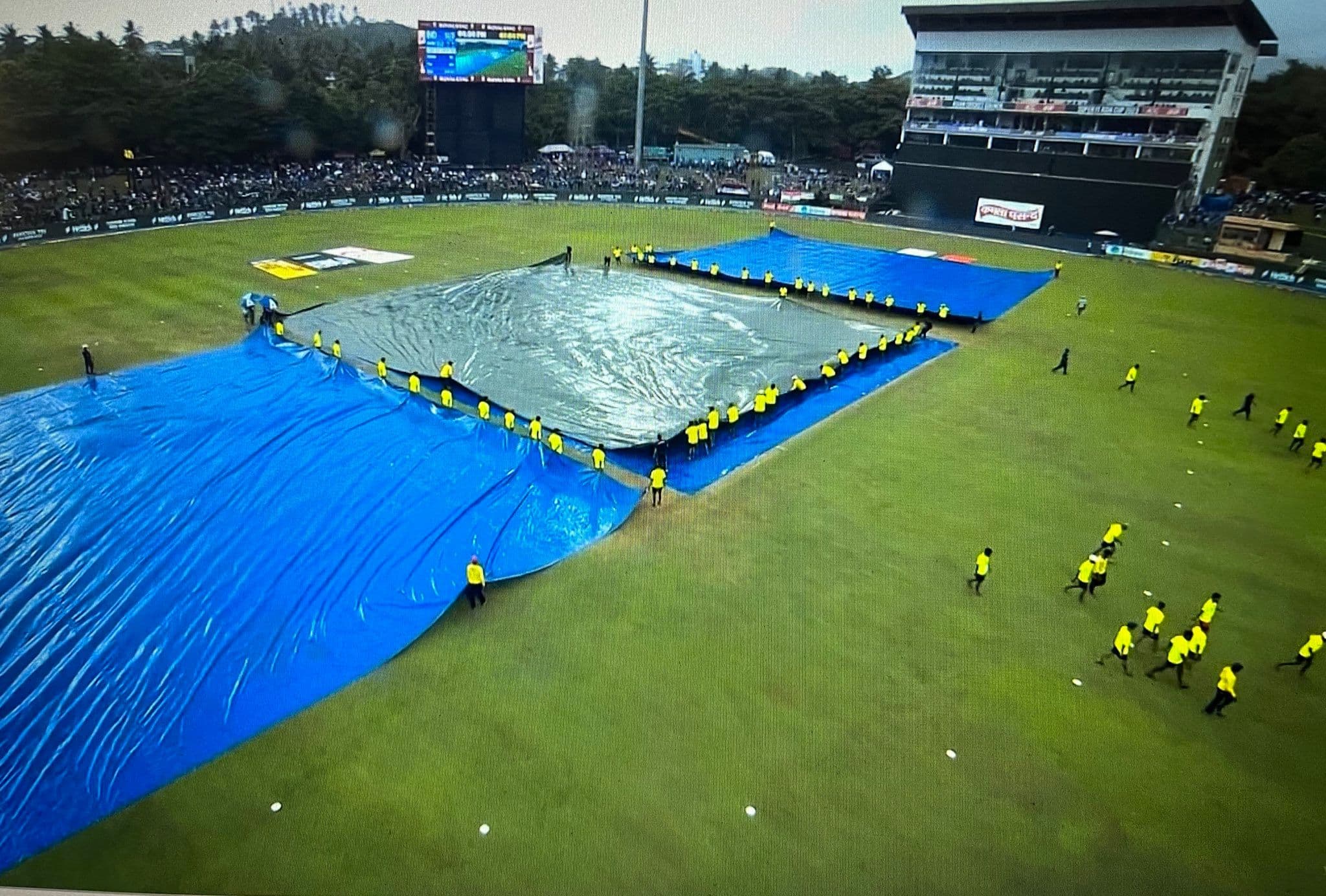Cricket
What is a Powerplay in Cricket
In ODI and T20 cricket, a powerplay is a set of fielding restrictions. Powerplay limits the number of fielders outside the 30-yard circle.

The origin of powerplay
Fielding restrictions are amongst many other innovations introduced in limited-overs cricket to make the game interesting. Powerplay in cricket was first introduced in South African domestic cricket in the 1970s. Powerplay was adopted by Karry Packer’s World Series of Cricket in the 1980s. Powerplay in one-day cricket was used in 1992 and standardised across all ODIs in 1995.
How does powerplay work in cricket?
In One-Day cricket, the powerplay in cricket rules allowed two fielders outside the inner circle of the field in the first 15 overs. Back in the 1990s, teams also used a ploy to send a pinch hitter up the order to make full use of the restrictions and add as many runs to the team’s account in quick time.
After striking the ball hard in the first 15 overs, the game would then slow down and pick up pace in the end overs as the teams had to approach a target or need to slog the bowlers out to get to a bigger number in case of a first batting inning. To keep the interest alive throughout the 50 overs, powerplay was introduced in 2005 by ICC.

The evolution of Powerplay rules in ODI
In the first-ever powerplay system, the fielding restrictions were split into three blocks. The field would be restricted for the first 10 overs of an innings and then the bowling side would decide when to take two more powerplays worth 5 overs each. In non-powerplay overs, only five fielders were allowed outside the circle until 2012. The bowling captain would usually announce the powerplays back-to-back with the first 20 overs of an innings being played under field restrictions. To take away the advantage, ICC tweaked the rule again and introduced the batting powerplay.
Since October 2008, the batting side has had the right to choose when to take either of the second or third powerplays during an innings. Three fielders were allowed outside the circle in the non-mandatory powerplays with only 2 fielders allowed outside the ring in the mandatory 10-overs powerplay.

The rules were tweaked again in 2012, with ICC deciding that the bowling and batting powerplay to be taken between 16-40 overs and not before and after the aforementioned period in a 50-over fixture. The mandatory powerplay continued to be the first 10 overs of an innings. The same year ICC decided to bring the number of fielders outside the ring in non-powerplay overs down to 4 from 5.
Powerplay rules since the 2015 World Cup
The latest major change in the powerplay rule in ODIs was made in 2015 when ICC decided that the whole ODI innings would be played during 3 phases of powerplay. The first powerplay comprised of the initial 10 overs where only 2 fielders were allowed outside the ring. The second powerplay lasted from overs 11-40 and made room for a maximum of 4 fielders throughout the middle phase of an innings.
In a big relaxation for the bowling side, a team was now allowed a maximum of five fielders outside the circle in the final 10 overs known as powerplay 3. Also, according to the powerplay rules, if a team has an extra fielder outside the ring, the delivery will be called no-ball with the batting side to get a free hit on the upcoming delivery.
Powerplay in T20 Cricket
In T20 Internationals, a powerplay consists of the first 6 overs of a 20-over inning. Only 2 fielders are allowed outside the circle during the powerplay in T20I. There is only one powerplay in the T20I format with the same no-ball and free-hit rule applicable in case of an extra fielder outside the circle.

Known for its fast-paced approach, especially with the bat in hand, a powerplay in this format gives plenty of opportunities for the batters to aim for the big hits and clear the infield to find boundaries at will to get their teams to a good start. The bowlers also might get some advantage by enticing batters for a big hit and deceiving them with their accuracy.
MOST SUCCESSFUL POWERPLAY (FIRST 10 OVERS)
FOR A BATTING SIDE IN ODIS
| TEAM | OPPONENT | SCORE | INNING | RESULT |
|---|---|---|---|---|
| SRI LANKA | ENGLAND | 133/0 | 2 | SL WON BY 8 WICKETS |
| AUSTRALIA | NEW ZEALAND | 118/0 | 1 | AUS WON BY 5 RUNS |
| NEW ZEALAND | SRI LANKA | 118/0 | 2 | NZ WON BY 10 WICKETS |
| NEW ZEALAND | ENGLAND | 116/2 | 2 | NZ WON BY 8 WICKETS |
| WEST INDIES | INDIA | 114/0 | 1 | WI LOST BY 6 WICKETS |
| SOUTH AFRICA | SRI LANKA | 113/3 | 2 | SA LOST BY 3 RUNS (DLS) |
| AUSTRALIA | INDIA | 112/0 | 2 | AUS WON BY 10 WICKETS |
| AUSTRALIA | SRI LANKA | 109/3 | 2 | AUS WON BY 6 WICKETS |
| NEW ZEALAND | SRI LANKA | 108/0 | 2 | NZ WON BY 7 WICKETS |
The Sri Lankan team has the record of scoring the most number of runs in the first 10 overs of a one-day international as they scored 133 without losing a wicket while chasing 322 against England at Headingley in 2006. Openers Upul Tharanga (109) and Sanath Jayasuriya (152 off 99) added 286 runs for the first wicket and scripted a famous victory for the Lankan Lions.
MOST SUCCESSFUL POWERPLAY (FIRST 6 OVERS)
FOR A BATTING SIDE IN T20IS
| TEAM | OPPONENT | SCORE | INNING | RESULT |
|---|---|---|---|---|
| ROMANIA | SERBIA | 116/0 | 2 | ROM WON BY 10 WICKETS |
| SOUTH AFRICA | WEST INDIES | 102/0 | 2 | SA WON BY 6 WICKETS |
| WEST INDIES | SRI LANKA | 98/4 | 2 | WI WON BY 4 WICKETS |
| TANZANIA | MOZAMBIQUE | 94/2 | 1 | TAN WON BY 87 RUNS |
| IRELAND | WEST INDIES | 93/0 | 1 | IRE WON BY 4 RUNS |
| ROMANIA | GIBRALTAR | 92/0 | 2 | ROM WON BY 8 WICKETS |
| AUSTRALIA | NEW ZEALAND | 91/0 | 2 | AUS WON BY 5 WICKETS |
| IRELAND | AFGHANISTAN | 91/1 | 2 | IRE LOST BY 28 RUNS |
| NETHERLANDS | IRELAND | 91/1 | 2 | NET WON BY 6 WICKETS |
| WEST INDIES | BANGLADESH | 91/1 | 2 | WI WON BY 8 WICKETS |
Romania created history against Serbia as they chased down a modest total of 116 runs inside the powerplay consuming just 5.4 overs to win by 10 wickets. Opening pair of Taranjeet Singh (57* off 19) and Ramesh Satheesan (56* off 15) ensured the chase remained a cakewalk hitting 11 fours and 10 sixes amongst them.
South Africa’s total of 102 without loss against West Indies in 2023 is only the 2nd instance of a team scoring over 100 runs inside the powerplay of a T20 international. Openers Quinton de Kock (100 off 44) and Reeza Hendricks (68 off 28) added 152 for the first wicket and successfully helped the Proteas chase down a mammoth total of 259.
The only instance of a team scoring heavily in a powerplay and finishing in a losing cause is Ireland’s effort of 91/1 against Afghanistan. The team was chasing 234 and cruised to 91/1 in the powerplay. The lower middle order had a collapse and the team fell short by 28 runs for a famous win at Greater Noida.
FAQs
During the first powerplay (overs 1-10) maximum of two players are permitted outside the fielding restriction area (30-yard circle). Between overs 11-40 maximum of four and between 41 to 50 maximum of five fielders are allowed outside the 30-yard circle.
The first six overs of an innings is the only powerplay in T20 cricket. A maximum of two players are allowed outside the 30-yard circle.
The first 25 legal deliveries of the innings are the powerplay in 100-ball cricket. Two fielders are allowed outside the 30-yard circle.
Recommended Articles

Dillip has over two decades of experience in creating sports content. As the Sports Editor of SportsBoom, Dillip brings in a wealth of experience and expertise to the role. Dillip has worked with leading sports broadcasters and sports web content portals in Asia. He is an adept storyteller and has a special liking for data stories. He has a keen interest in data analysis and uncovering insights from large datasets. He loves to tell the story with rich and compelling data visualisation.


